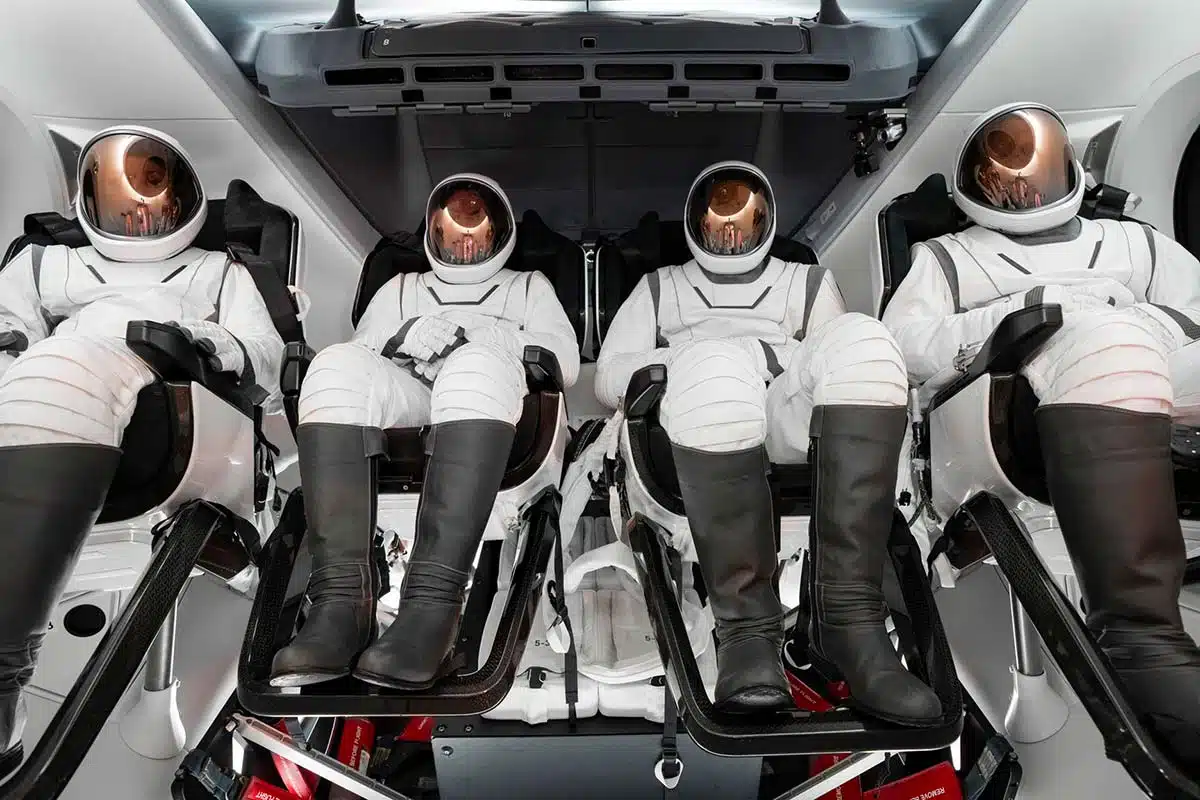
By Arezki Amiri, May 10, 2024 12:30
Collected at : https://dailygalaxy.com/2024/05/spacex-unveils-new-space-suits-designed-for-the-vacuum-of-space
SpaceX, in collaboration with the privately funded Polaris program, has developed new space suits that are suitable for both inside and outside use during what will be history’s first private extravehicular activity (EVA). These suits are expected to provide breathtaking views at high altitudes and pave the way for future missions.
The partnership and innovation behind the suits
Billionaire Jared Isaacman, who has invested a significant portion of his fortune into space endeavors over the past five years, initiated the Polaris project with SpaceX following the success of the Inspiration4 mission. This mission, which was the first tourist flight aboard SpaceX’s Crew Dragon and featured in a Netflix documentary, helped raise substantial charitable funds. The Polaris mission, spearheaded by Isaacman, aims to exceed previous achievements by planning an extravehicular activity, a capability not originally designed into the Crew Dragon.
Technical advancements and design features
The new suits, developed closely with Isaacman, who will also wear them, represent an evolution in design with subtle but critical enhancements. SpaceX has focused on improving mobility, especially around the hands, wrists, and shoulders, through semi-rigid jointures. Additionally, the suits are designed to handle extreme temperature variations—intense heat when facing the sun and severe cold in the shade—using multi-layered insulation materials initially developed for Falcon 9 rockets and the Crew Dragon’s interior lining.
Challenges and solutions
One significant challenge was the initial lack of a space suit suitable for EVAs, as Crew Dragon was not equipped for such activities and the existing SpaceX suits were only pressurized enough for emergency cabin depressurization. The new suits, while minimalist compared to the EMU suits used by NASA astronauts since the 1980s, are not autonomous and require umbilicals for oxygen supply from inside the spacecraft. They are not intended for prolonged outside work but are seen as an initial step toward future enhancements for lunar and Mars missions.
A leap toward the future
This summer, Isaacman and his crew aim to take a giant leap by stepping out to observe Earth from 700 kilometers above, in what is planned as a monumental first attempt at a private EVA. This development not only promises to add a significant chapter to space exploration history but also sets the stage for more ambitious projects aimed at lunar and Mars exploration.

Leave a Reply